金属の塊から削り出された、石器のような開梱ナイフ
旧石器時代前期から中期にかけてのハンドアックスと呼ばれる打製石器をモチーフとしつつ、素材を石からアルミニウムに、製法を打製からマシニングセンタによる切削へと、それぞれアップデートした。
The motif is based on the hand-axe, a hammered stone tool from the early to mid Palaeolithic period, but the material has been updated from stone to aluminium and the manufacturing process from hammered to machining with a machining centre.
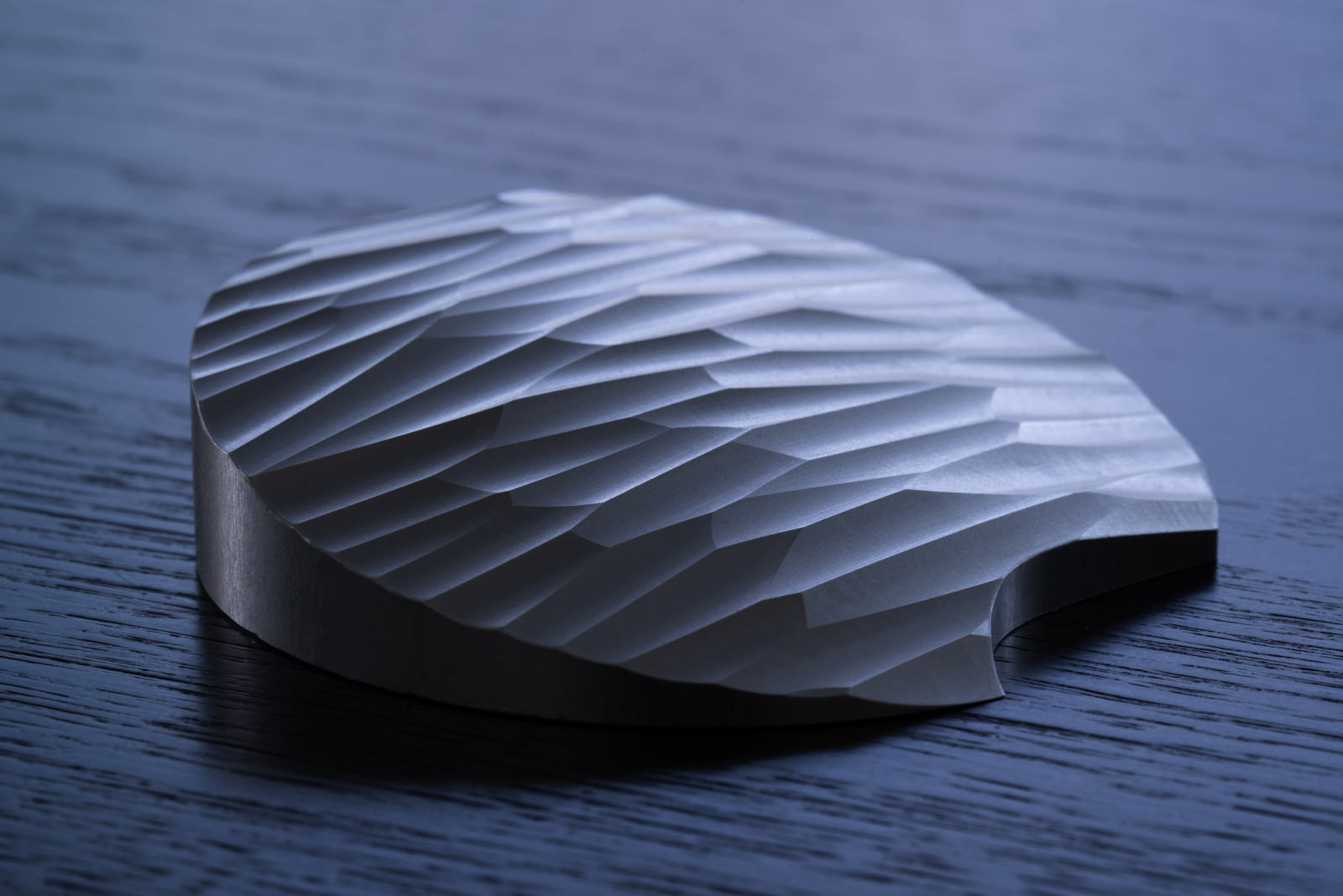
OOPARTS-001は、金属を切削した痕が文様の様に表面を覆い尽くして、そのまま刃先を形成するデザインとなっている。この波のような文様は、握った時には指が掛かって滑り止めの役割をし、手に馴染むものとなる。
The OOPARTS-001 is designed so that the metal cutting marks cover the surface like a pattern and form the edge of the blade as it is. This wave-like pattern acts as a non-slip surface for the fingers to rest on when gripping the blade, making it comfortable in the hand.
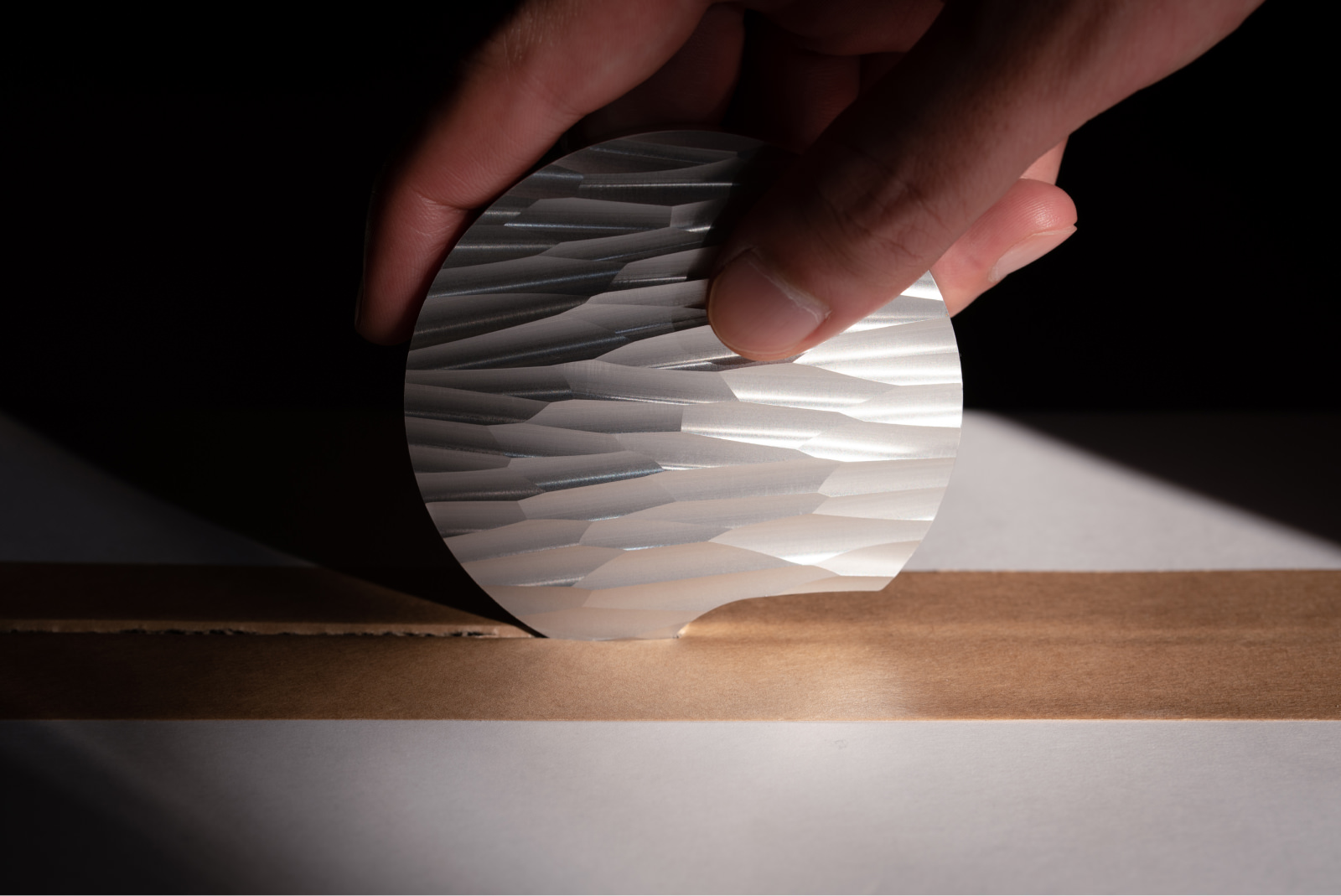
モチーフとなった打製石器は石を叩き割ることによって全体が形作られているが、ここではその素材を石からアルミニウムへ、製法を打製から切削加工へといったように古代の石器を現代的な素材と技術によってアップデートしている。
The motif of the hammered stone tool is formed by smashing stone, but here the ancient stone tool has been updated with modern materials and techniques, for example from stone to aluminium and from hammered to cut stone.
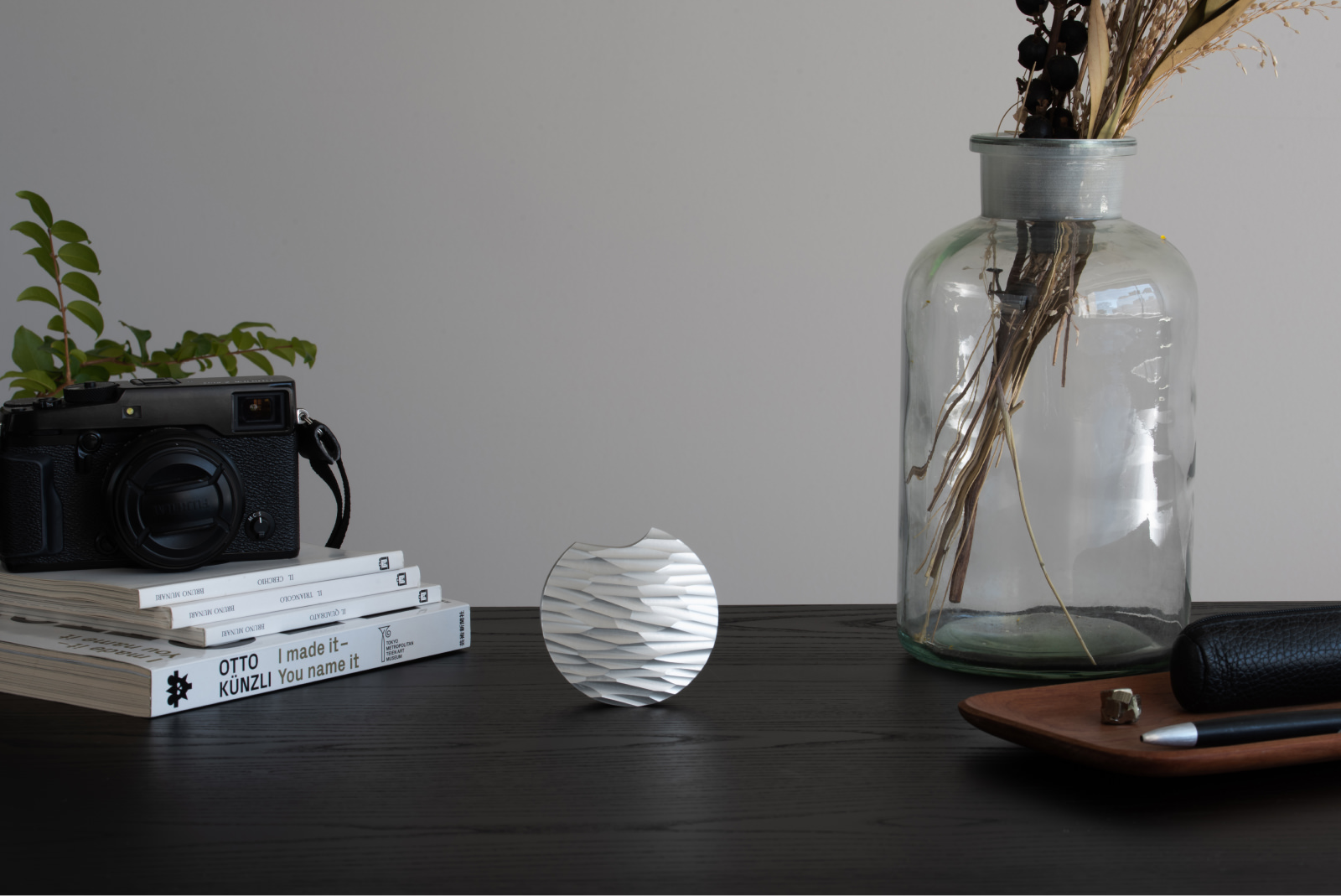
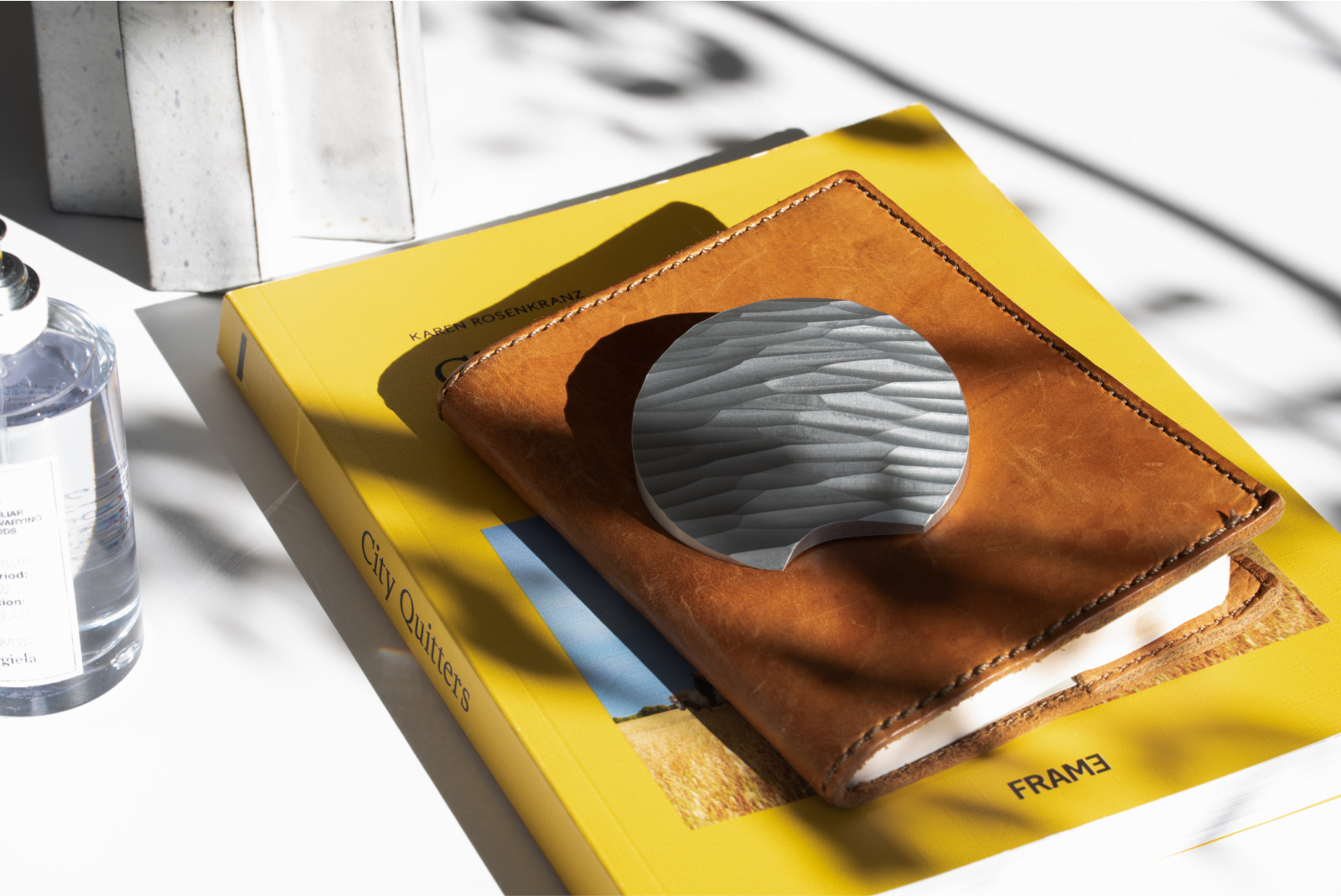
エンドミルによる切削痕が波の様な文様となりそのまま刃先を作り出す形状となっている。 太古の人々は石器を使い、獲物を仕留め、木々を伐採したが、現代人は、届けられた荷物を開け続けるのだ。
The cutting marks made by the end mill form a wave-like pattern that directly creates the edge of the blade. While prehistoric people used stone tools to kill prey and cut down trees, modern people continue to open packages delivered to them.
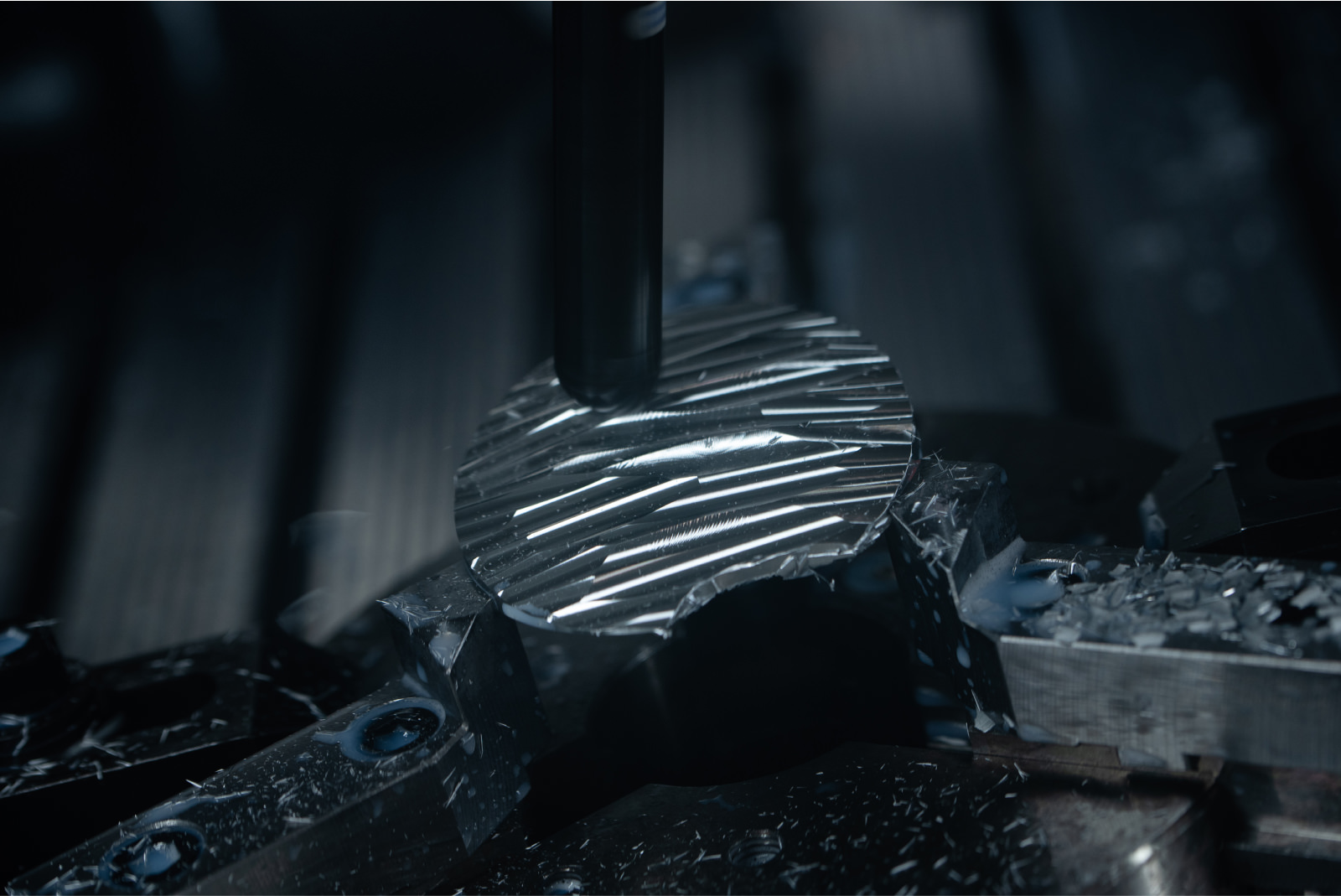
Manufacturing:Seiwa
Photography:Yuko NAKAJIMA
 PREV
PREV
